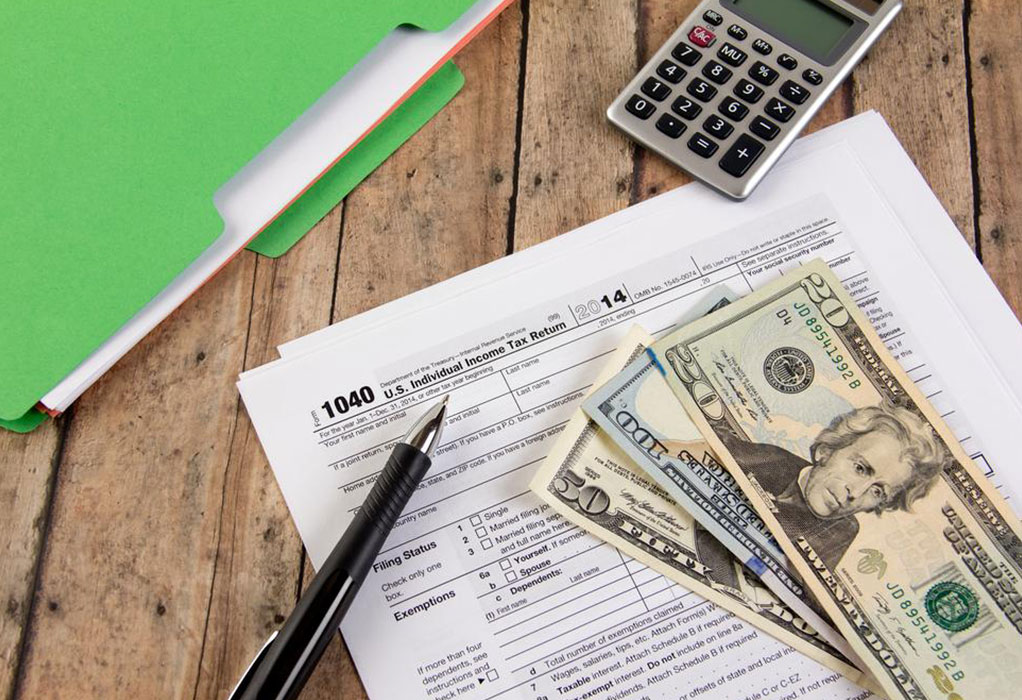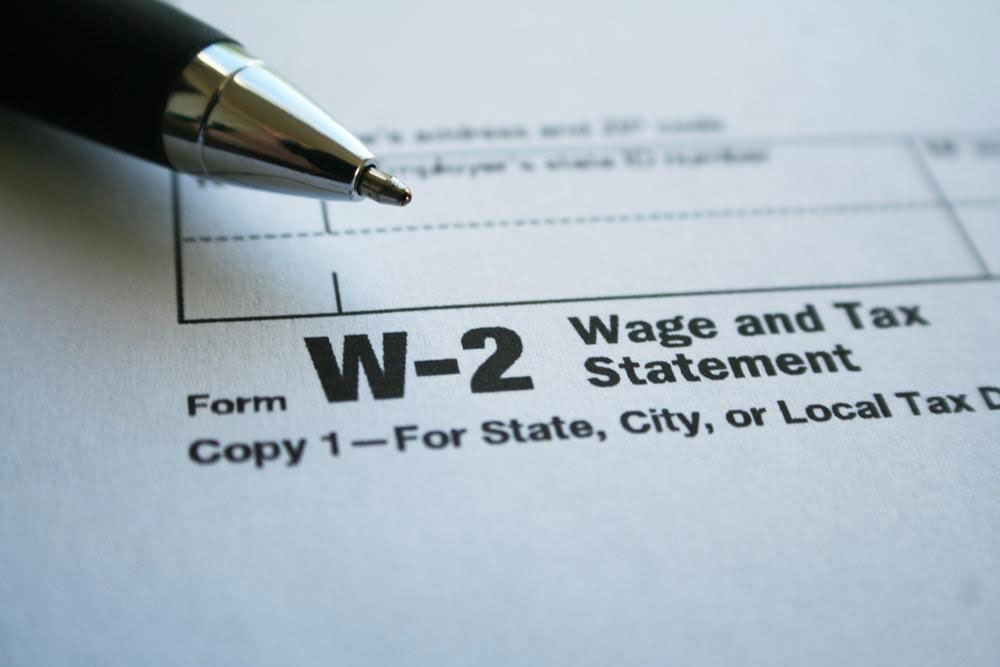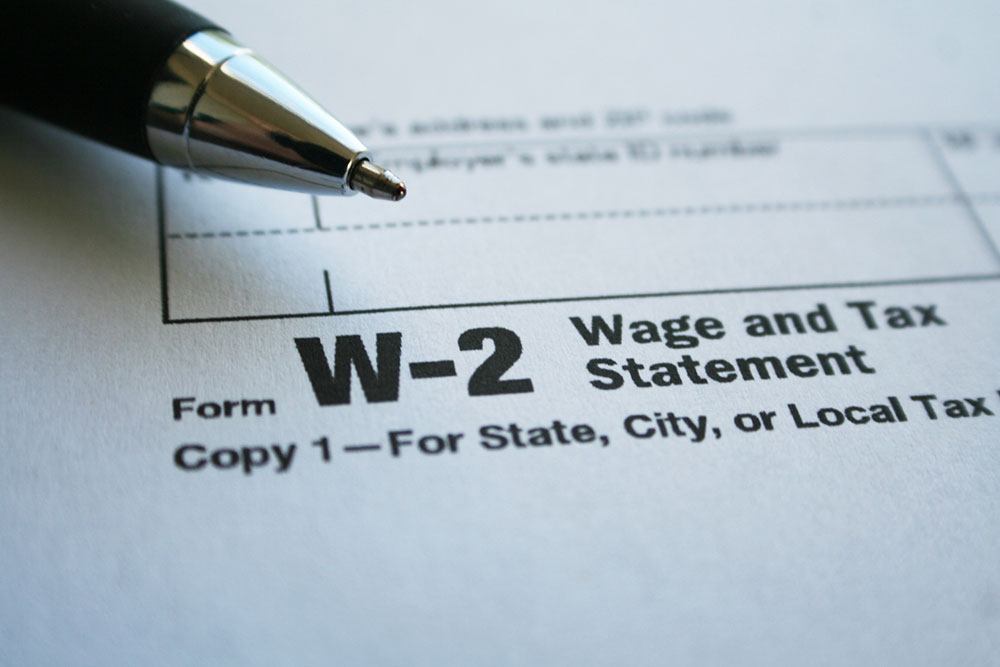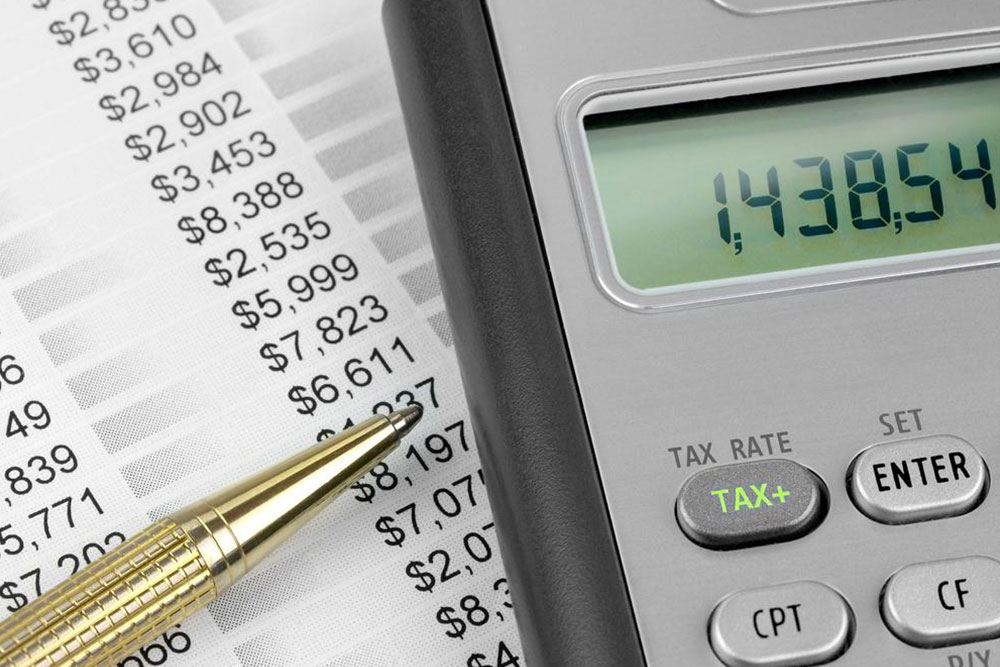Complete Guide to the W-2 Tax Statement
Discover everything about the W-2 tax form, including its purpose, required components, and importance in tax filing. Learn how employers report wages and taxes, and how you can ensure accuracy when filing your taxes. This guide simplifies understanding W-2s for employees and highlights key tips for compliance and avoiding errors.

The W-2 form is an essential document required when filing your taxes. Issued annually by employers, it details your earnings and the taxes withheld from your paycheck, including federal, state, Social Security, and Medicare contributions. Employers must send this form to employees and the IRS by January 31st if they pay wages exceeding $600 in a year. The W-2 includes information such as employer identification numbers and wages earned, helping individuals accurately file taxes and track withheld amounts. Many now file electronically, simplifying the process and ensuring accuracy.
For employees, the W-2 serves as proof of income and taxes paid. It does not apply to independent contractors or self-employed workers, who receive a 1099 form instead. Proper verification of personal details like your Social Security number is crucial to prevent discrepancies with the IRS. Remember, anytime you file your taxes, include the W-2 form to ensure correctness and avoid potential penalties. When submitting by mail, attach the W-2 to your return for processing.
The form contains comprehensive information about your earnings and taxes, with sections dedicated to federal and state income, tips, and tax withholdings. These details are vital for calculating whether you owe additional taxes or will receive a refund. Ensuring accuracy on your W-2 prevents delays or issues with tax authorities. If errors occur, notify your employer promptly to correct and reissue the form, avoiding penalties from the IRS.
In summary, the W-2 is a critical document that reflects your annual wages and tax contributions, and proper handling ensures smooth tax filing and compliance. Stay diligent to avoid mistakes and make the most of your tax returns.










